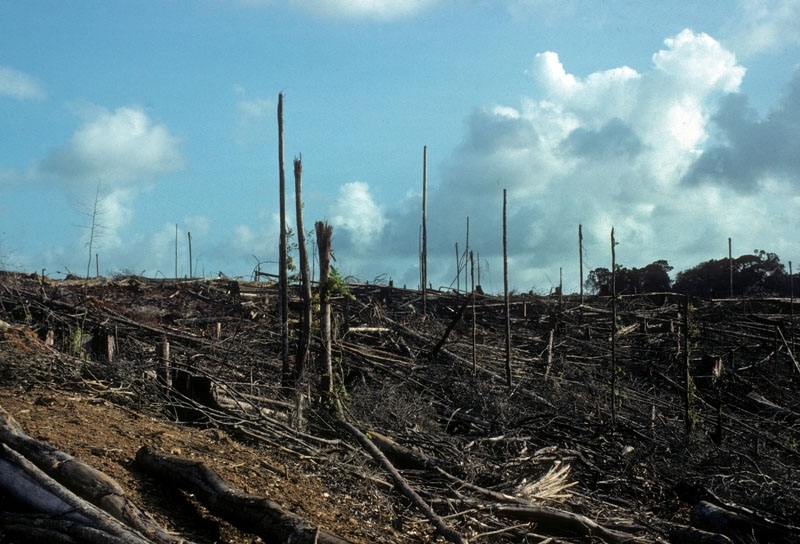Simon Black –
Responding to variety is one thing; but a variety of perspectives is quite another challenge, for both practical reasons and ethical reasons (Rogers & Williams, 2010).
Of course there are practical limits to what we can consider – we need to put boundaries around our thinking. Where we set those boundaries will depend on our perspective, or ideally the various perspectives that we are prepared to consider (by questioning our own assumptions, or by asking other people). Every world-view is restricted and limited in some way, so when leading we need to remain conscious that:
- a good first step to seeing the wider ‘system’ is to see the world through the eyes of another,
- any judgement of activity sets up a boundary of ‘worthwhile’ and ‘not important’,
- we should carefully consider the implications of any boundary which we set.
Churchman, C.W. (1968) The Systems Approach. Delta, NY
Couch R. (2015) 6 spot on things Jane Goodall said about inequality and saving the planet. Nov 27 http://www.upworthy.com/6-spot-on-things-jane-goodall-said-about-inequality-and-saving-the-planet
Heath C., and Heath, D. (2010) Switch: when change is hard, New York: Random House
Jacobs, C.J. (2009) Management Rewired: Why Feedback Doesn’t Work and Other Surprising Lessons from the Latest Brain Science. Penguin Group Portfolio, NY
Rogers, P. and Williams, R. (2010) Using Systems Concepts in Evaluation, in Beyond Logframe: Using Systems Concepts in Evaluation, N. Fujita (Editor). Foundation for Advanced Studies on International Development, Tokyo.

 Carl Jones, who has led the Mauritian programmes for over 30 years, was quick to enhance his own knowledge of kestrel breeding with techniques which had previously proven successful in efforts in New Zealand and the USA. He has used a better way. Instead of imposing a command-and-control structure on his teams, he has developed a ‘system’ and more importantly, he appears to be applying systems thinking in the way that he manages the team. Every part of the system; habitats, diet, supplementary feeding, breeding facilities, nest locations, monitoring, predator eradication, bird behaviour, technical skills, equipment.
Carl Jones, who has led the Mauritian programmes for over 30 years, was quick to enhance his own knowledge of kestrel breeding with techniques which had previously proven successful in efforts in New Zealand and the USA. He has used a better way. Instead of imposing a command-and-control structure on his teams, he has developed a ‘system’ and more importantly, he appears to be applying systems thinking in the way that he manages the team. Every part of the system; habitats, diet, supplementary feeding, breeding facilities, nest locations, monitoring, predator eradication, bird behaviour, technical skills, equipment.

